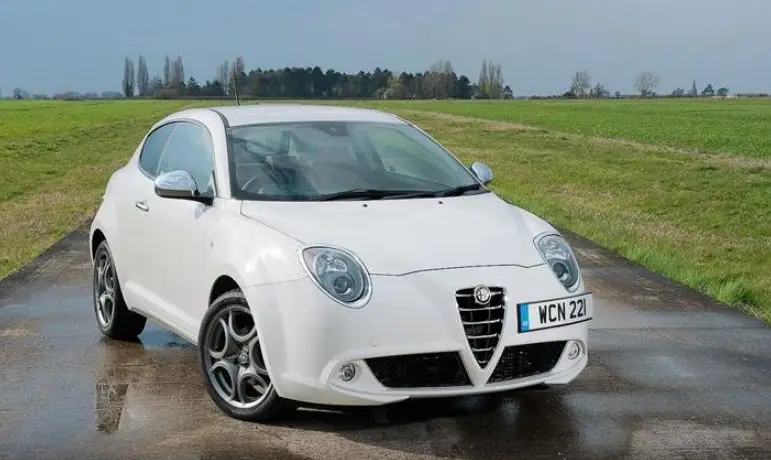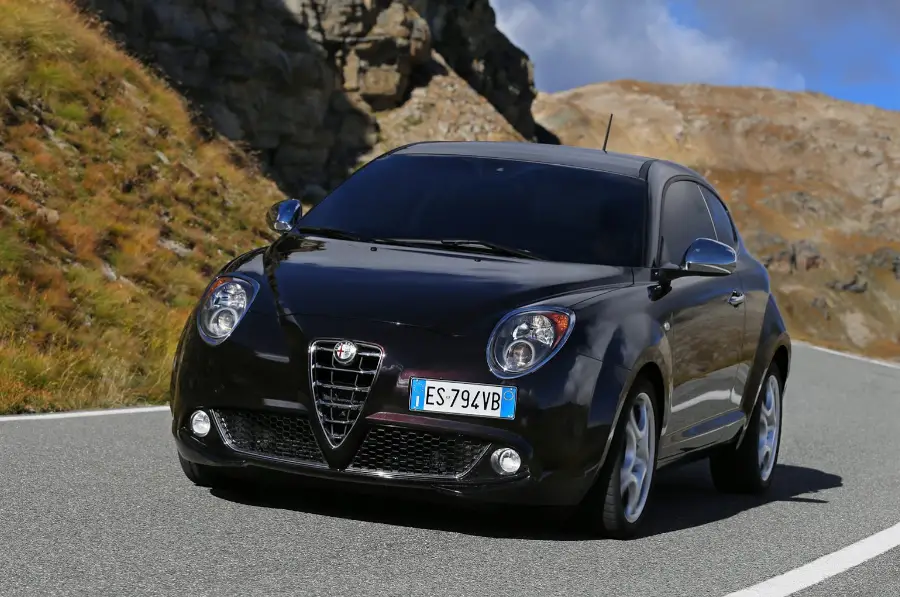2015 Alfa Romeo MiTo Engine Oil and Fluids Instructions The 2015 Alfa Romeo MiTo is a small and sporty car that needs certain engine oil and fluids to keep running well and last a long time. Fully synthetic oil, usually in the viscosity range of 5W-40 or 5W-30, is suggested for the engine. This is […]


